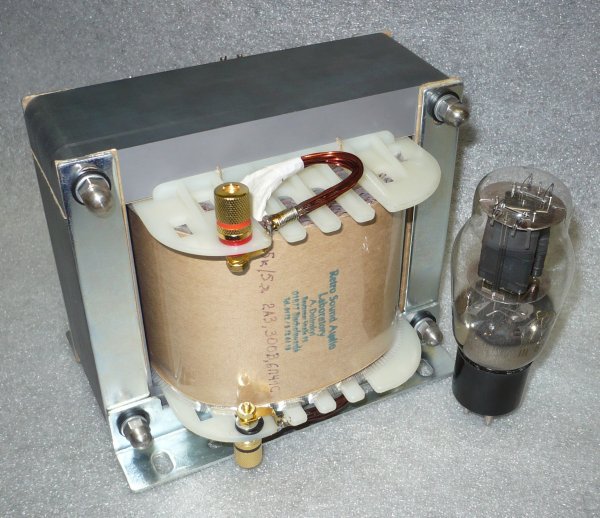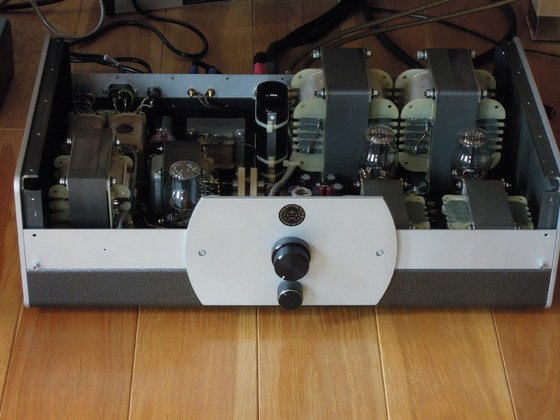That's fine and agree with you 100%. But I would only ask that you be open to the possibility that when you listen to music with significant low frequency information (bass drum, pipe organ, electronic) that you entertain the possibility that your low power SET might be introducing significant distortion. If the possibility that this is the case doesn't matter with you, that is fine!I agree when you listen that loud then you need that kind of power. I never listen that loud.
I am above all, through my multi-decades journey as an electronics engineer, music composer and listener, an analog purist. I absolutely do not, and will not let anything intrude in that purity. If my experience showed something different than what I'm saying, I'd plainly state that!
Last edited:


















